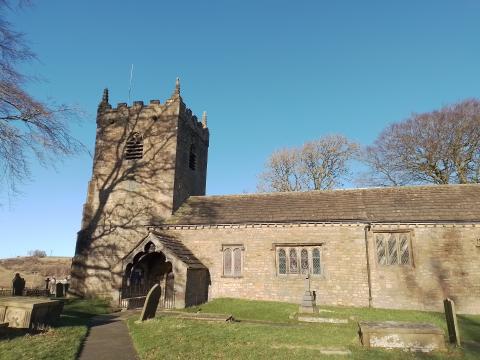
Connecting the small Yorkshire villages of Broughton and Elslack is Church Lane, with All Saints’ Church sitting contentedly between the two. I have previously inspected the exterior, but not being left open, I had arranged with the Church Warden to be granted admission. The old tower was likely built of stones from the nearby Roman fort of Olenacum which was situated a few fields’ distance. The base stones certainly have that Roman regularity about them which some medieval masons failed to replicate. According to Alan Bennett, who visited the church in the late nineties, there are burn marks still on the tower from the Scottish looting and burning that occurred after their victory at Bannockburn. There are certainly some darkish stones in the tower’s northern wall, but whether we can blame Scots marauders seems unclear.
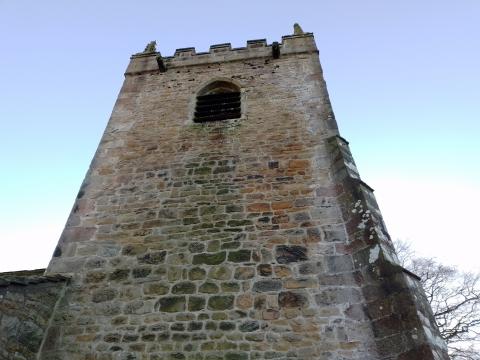
Inside, it was very clean, though heating it would likely prove a difficult task. Two old and broken statues were erected, one in the nave, the other in a side chapel. On the first, Mary’s head is broken off; the second lacks the child Jesus’. Found in the grounds in 1871, they were likely buried at the time of Reformation by someone eager to be rid of them, or, on the other hand, someone wishing to preserve them. Both aims could be deemed generally successful.

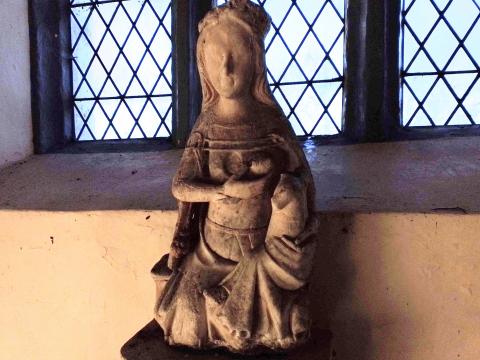
Attached to the north wall is a simple grave cover with a large, crude cross scratched onto it, and smaller ones about it. This is said to be a cover for a mass grave for those who were executed in the aftermath of the Pilgrimage of Grace, an anti-Reformation revolt against Henry VIII, whose participants were ruthlessly dispatched. The smaller crosses can be observed within the larger, corresponding to the ‘five wounds of Christ’ motif which the Grace Pilgrims had on their ill-fated banner.
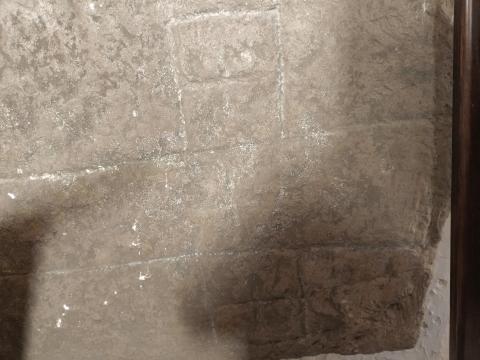
I noticed a medieval grave cover on the ground as I entered the porch. Leigh and Podmore’s Outstanding Churches in Craven consider it a crusader’s tomb lid, although I could see no clear markings upon it to support this.
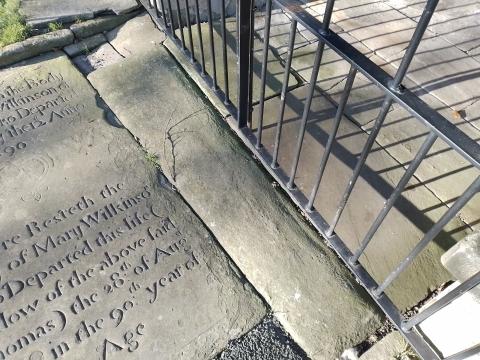
This feature lent further weight to the impression I was gaining: this church, in spite of its idyllic, rural setting, was a place of conflict. Smashed and buried statues, ancient forts, burnt stones, executions, rebellions and crusades. This is no criticism of the current church, nor its modest but faithful congregation. Christianity has been characterised by conflict and dissension, as adherents jostle to rightly implement God’s word; it gets caught up in political upheavals and national disturbances, papal bloodlusts and international hostilities. Though this fallen world of which we are part is chaotic and violent, the peace of God remains with His people, much as that old church of All Saints’ is as sleepy and quiet as an old lady who has seen it all before.
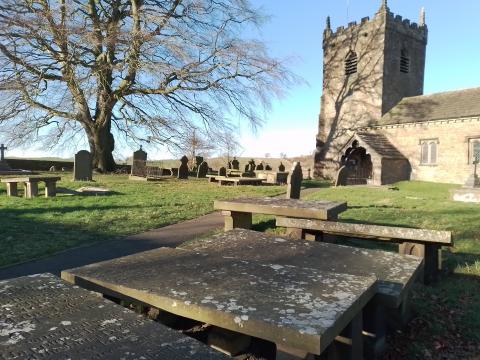
O may the power which melts the rock
Be felt by all assembled here!
Or else our service will but mock
The God whom we profess to fear!
Lord, while thy judgments shake the land,
Thy people’s eyes are fixed on thee;
We own thy just uplifted hand,
Which thousands cannot, will not, see.
How long hast thou bestowed thy care
On this indulged, ungrateful spot!
While other nations, far and near,
Have envied and admired our lot.
Here peace and liberty have dwelt,
The glorious gospel brightly shone;
And oft our enemies have felt
That God has made our cause his own.
But ah! both heaven and earth have heard
Our vile requital of his love;
We, whom like children he has reared,
Rebels against his goodness prove.
His grace despised, his power defied,
And legions of the blackest crimes,
Profaneness, riot, lust, and pride
Are signs that mark the present times.
The Lord, displeased, has raised his rod;
Ah! where are now the faithful few
Who tremble for the Ark of God,
And know what Israel ought to do?
Lord, hear thy people everywhere,
Who meet to mourn, confess, and pray;
The nation and thy churches spare,
And let thy wrath be turned away.
-John Newton, No 1142 in Gadsby's Hymns









 Sunday Worship 10.45am & 6.00pm
Sunday Worship 10.45am & 6.00pm